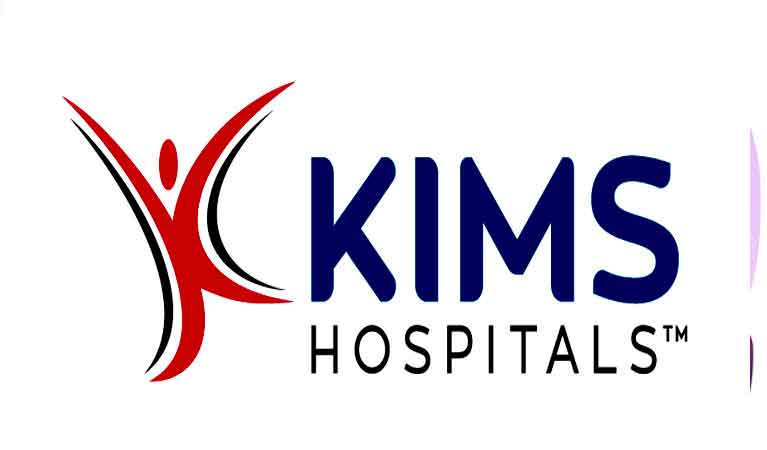
365telugu.com online news, Hyderabad,May 21st,2022:Minimally invasive hysterectomy is a standard procedure. Different approaches, such as laparoscopically assisted vaginal hysterectomy, vaginal hysterectomy, and subtotal and total laparoscopic hysterectomy, have been described and evaluated by various investigations as safe and cost-effective methods. In particular, in comparison to abdominal hysterectomy, the minimally invasive methods have undoubted advantages for the patients. The main reason for a primary abdominal hysterectomy or conversion to abdominal hysterectomy during a minimally invasive approach is the uterine size. Big fibroids, and large ovarian cysts, especially in the previous history of multiple surgeries are challenging to lap surgeons. With the advent of new techniques and instruments available at corporate hospitals like Kim’s with experienced and skilled surgeons, it has become easy to perform such technically challenging surgeries. The rate of converting to open is very minimal.
Uterine fibroids are the most common benign uterine tumors affecting > 50% of premenopausal women. We present a case of a 38 y/o female with known symptomatic uterine fibroids preoperatively and medically managed, who underwent a successful KT and 14 years later progressively developed massive leiomyomatous uterine proliferation.
She came to KIMS hospitals, Secunderabad in that condition, where an experienced Gynaecologist along with other specialists saved her life by offering proper treatment at a nominal price. Dr. Padmavathi Vema, Senior Consultant Gynaecology, KIMS Hospitals explained the details.

A woman, named Rajitha, aged 38 who is from Mallapur Uppal of Rangareddy District, Hyderabad, Telangana, has already had a KT. She underwent our institutional standard preoperative evaluation for Hysterectomy. Her medical history was also significant for menorrhagia and anemia secondary to uterine fibroids managed symptomatically. Her preoperative evaluation included an abdomen/pelvis Ultra Sonography reportedly showing an enlarged uterus (10.3 x 14.0 x 14.3 cm), of which size of leiomyomatous uterus (5.5 x 6 cm).
She was admitted with a history of symptomatic menorrhagia and irregular cycles with anemia despite Epoetin alfa administration and Medroxyprogesterone injectables. A total laparoscopic hysterectomy (TLH) was planned for definitive management.

She underwent Minimal Invasive Surgery where Dr. Padmavathi Vema, Senior Consultant Gynaecology performed TLH. We choose an incision supra umbilically with 3 auxiliary trocars (5mm). The second and third trocars were placed in the medial to the abdominal wall(In the case of post KT). The surgery was combined with difficult resection of intraligamentary fibroids, laparoscopic adhesiolysis[dense adhesions with a plastered uterus to the abdomen], adnexal surgery, and a final Visualization of ureteric Peristalsis to assure the normal ureteral function and integrity of transplant kidney, and bladder confirmed by urologist Dr.Arbind panda. The Surgical time of 150 min had no negative effect on the patient. In this case of successful Minimal Invasive Surgery patient had benefited from excellent esthetic results, less pain, faster recovery, and the prevention of adhesion and related complications such as pain and bowel obstruction. Postoperatively she was treated with iv antibiotics, injectable hydrocortisone, DVT PROPHYLAXIS, IVfluids, IV PPI. On POD 3 patient was discharged with normal s.creatinine levels that are 0.8mg/dl in haemodynamically stable condition.
As she is a post-renal transplantation patient on long-term steroids- delayed wound healing and wound infections are possible complications with open hysterectomy when compared to minimally invasive laparoscopic hysterectomy says nephrologist Dr. Ashwini Dutt, was very much thankful to minimally invasive surgeon/gynaecologist Dr. Padmavathi Vema for helping the patient.

In large uteri of more than 1500 grams-2000grams, the total minimal-access hysterectomy is a safe surgical approach with all the advantages of minimally invasive surgery. The feasibility of the method does depend not only on the uterine weight but on a complex variety of factors that must be considered in the process of indication by the experienced surgeon. Thus abdominal hysterectomy can be even avoided in many cases of big uteri. Such treatments cannot be done in ordinary hospitals. All this has been made possible due to the availability of all specialties experts and state-of-the-art facilities at KIMS Hospital and eventually, we were able to save the life of the patient as narrated with Minimal Invasive Surgery,” said Dr. Padmavathi Vema.

